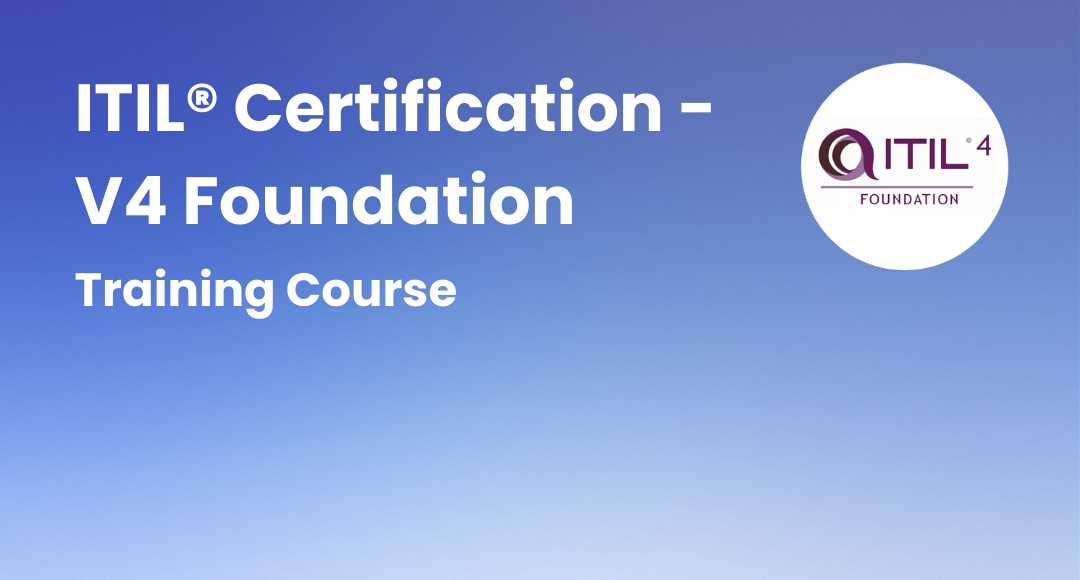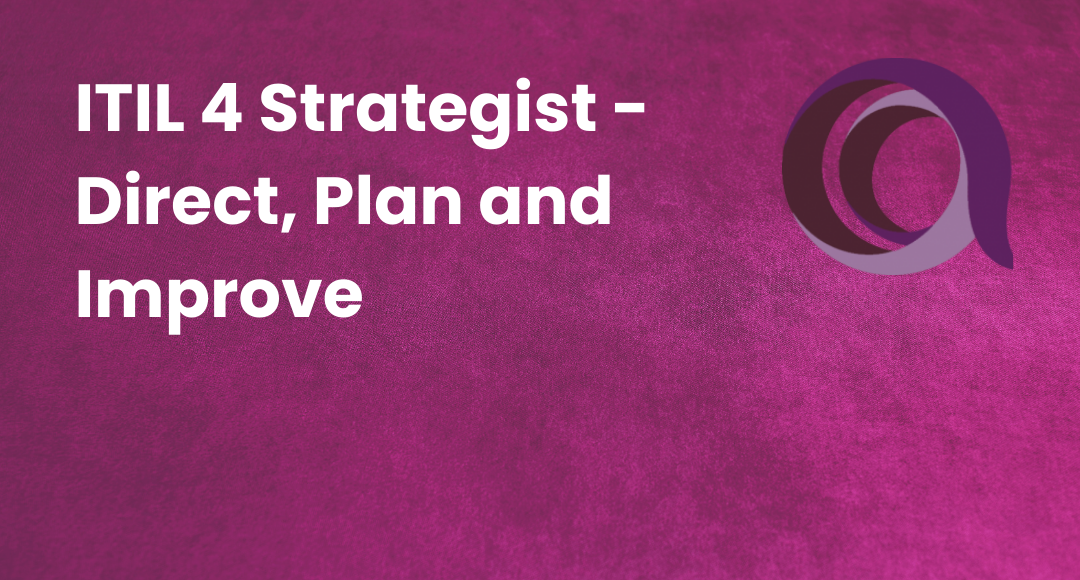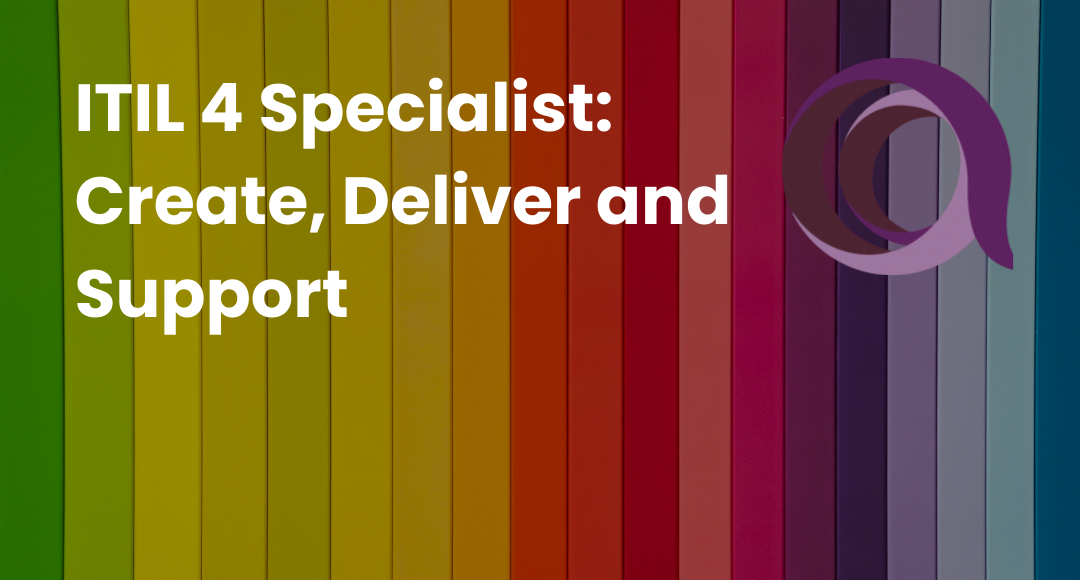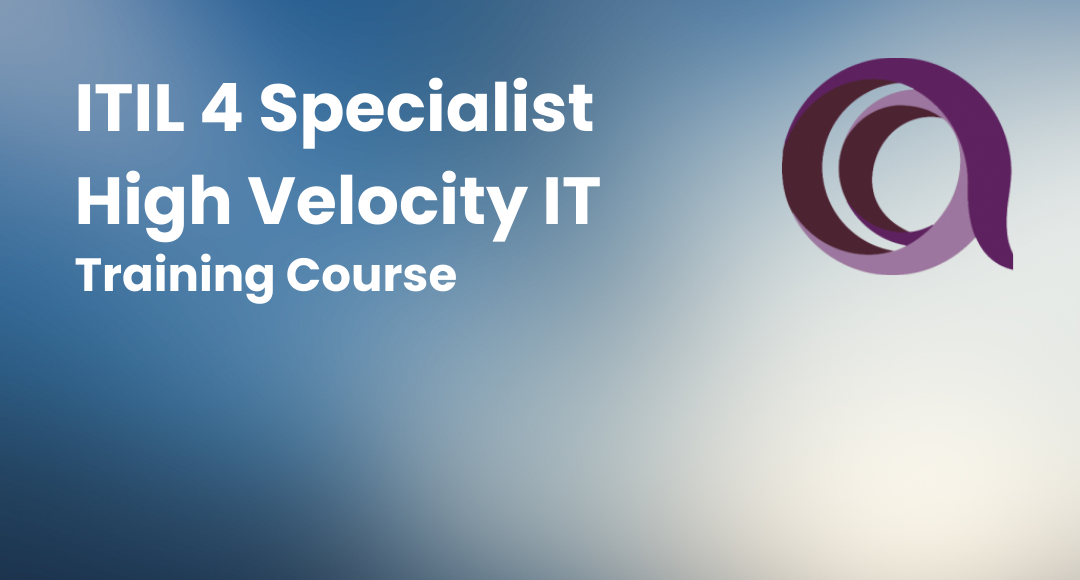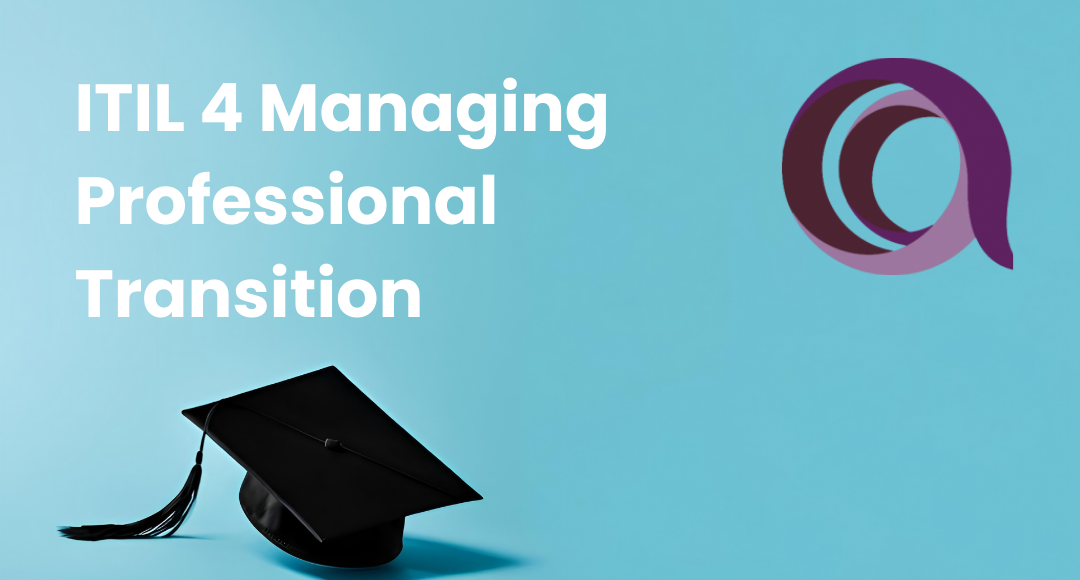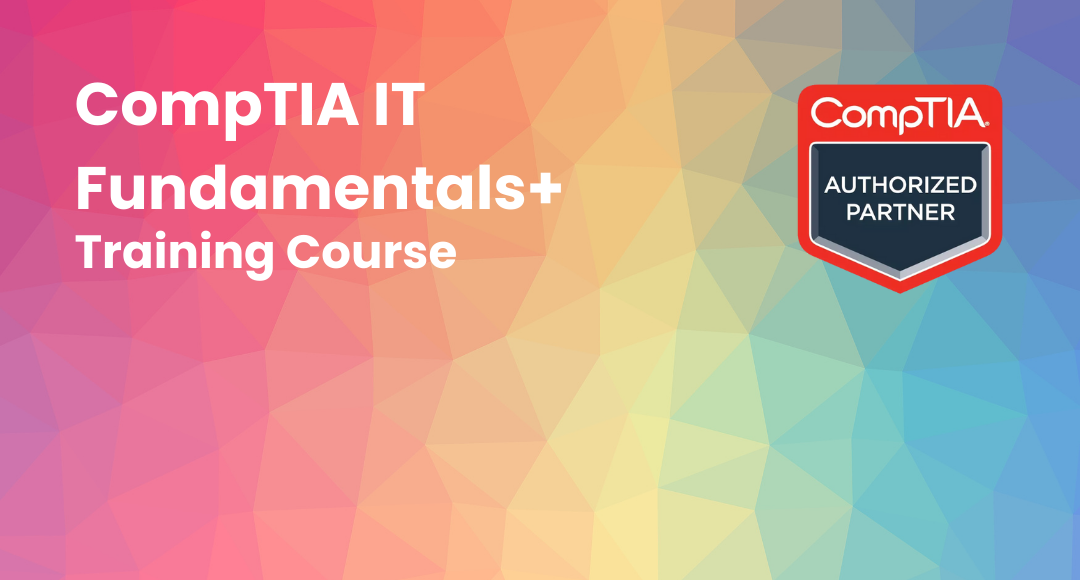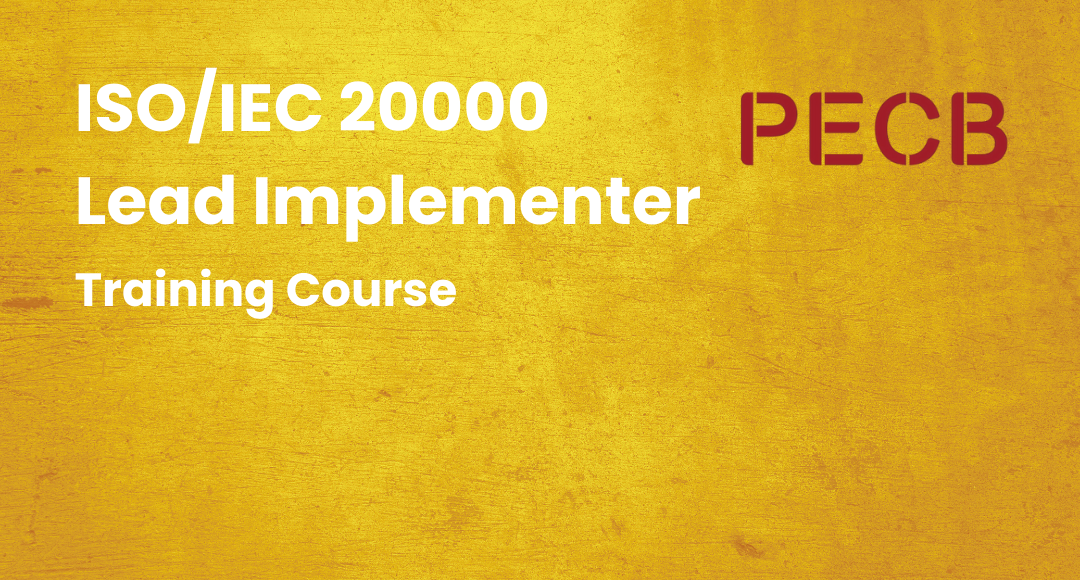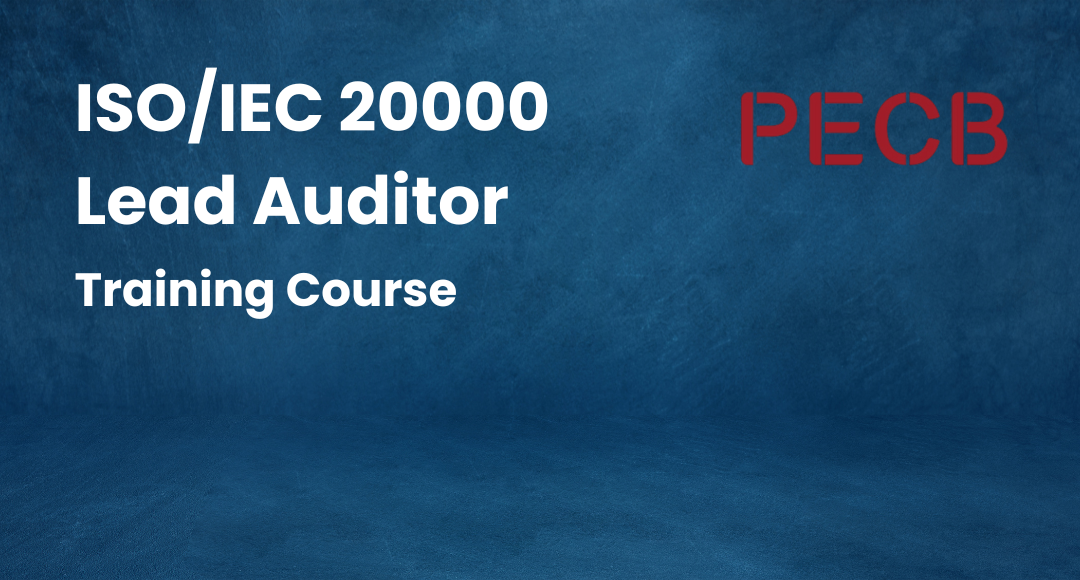A Guide to Enterprise Asset Management
-
 By Niharika Chaurasia
By Niharika Chaurasia - Published on Jan 12 2024

Table of Contents
- Introduction
- What is Enterprise Asset Management?
- How does an EAM System Work?
- Enterprise Asset Management (EAM) tools
- Why is Enterprise Asset Management Important?
- What are the Key Features of Effective Enterprise Assets Management?
- What is Enterprise Asset Management Software?
- What are the Applications and Industries of EAM?
- Summary
- FAQ
Introduction
Every organization, regardless of size, requires asset tracking for company-owned assets. Enterprise asset management (EAM) allows businesses across multiple industries to acquire, manage, and analyse physical assets.
From towering wind turbines to bustling factory robots, EAM ensures they perform at their peak, maximizing output while minimizing downtime.
Since the technology has evolved, enterprise asset management systems are now running on a cloud platform. A cloud platform provides many benefits. One of them is supply chain management.
Enterprise asset management (EAM) isn’t just about spreadsheets and wrenches; it's about harnessing the power of data and automation to unlock hidden efficiencies, extend asset lifespans, and ultimately, propel your business forward.
Let’s dive into the article to discover more aspects of enterprise asset management.
What is Enterprise Asset Management?
Enterprise asset management (EAM) is basically an amalgamation of software, systems, and services that are used to control and maintain operational assets and equipment.
To utilise and optimise the quality of the assets throughout their lifecycle, enterprise asset management is of great importance to any industry. These management systems basically increase productive uptime and reduce operational costs.
Enterprise asset management is helpful for-
-Work management
-Asset maintenance
-Planning
-Scheduling
-Supply chain management
-Environmental, health, and safety initiatives.
IT asset management, ensuring that IT assets are also properly tracked and maintained alongside physical assets."
The primary goal of EAM is to enhance the efficiency, reliability, and performance of assets while minimizing costs and risks. This discipline involves the coordination of various departments within an organization, such as maintenance, operations, finance, and IT, to ensure a holistic and strategic approach to asset management.
With the advancement of technology, practitioners are incorporating analytics and artificial intelligence (AI) into EAM. The enterprise asset management system has eradicated the process of visual inspection of machinery by highly trained specialists.
The Internet of Things (IoT) and automated systems have transformed the process of the collection of massive amounts of critical data. Now, data collected from instrumented assets are analysed using AI techniques.
How does an EAM System Work?
With the advancement of technology, traditional enterprise asset management systems have evolved, and modern systems operate in the cloud.
A cloud platform offers many benefits, including larger data storage capacities, improved security, and simpler integration with complementary applications like supply chain management systems, mobile workforce management systems, the Internet of Things (IoT), sensor systems, GIS (geographic information systems), GPS, and other applications.
Here is the process for the EAM system:

-Collect and Store Asset data in the Cloud
The cloud system gathers and monitors asset data in a centralised data repository. In order to understand how assets are working and where attention is required, powerful analytics are used to extract detailed insights.
-Lead asset strategy with the data to enhance productivity
By using machine learning, digital twin technology, and predictive analytics, you can assess risk and identify possible equipment failures before they occur. Determine and complete maintenance tasks in advance to maximise asset availability.
-Proactively arrange inspections and maintenance work
To organize, schedule, and carry out maintenance tasks and inspections, integrated procedures and data are used. Put critical assets first to reduce downtime. This helps with early detection, reporting, and resolution of the issue.
-Extend Enterprise asset management system power to assets worker in the field
By using location services and rich visualization, work orders and asset procedures can be efficiently managed online or offline. Integrate GIS data to provide a map-based user experience for remote workers and assets. The maintenance processes, data, and work orders can be tracked and managed from anywhere.
Enterprise Asset Management (EAM) tools
While there are numerous Enterprise Asset Management (EAM) tools available in the market, mentioning specific names may depend on the industry, organization size, and specific requirements. However, here are some well-known EAM tools that organizations often consider
IBM Maximo:
- Offers a wide range of functionalities including asset lifecycle management, work order management, preventive maintenance, inventory management, and advanced analytics.
- Suitable for both small and large enterprises across various industries.
- Integrates well with other IBM solutions and third-party applications.
SAP EAM (Enterprise Asset Management):
Provides comprehensive asset management, maintenance planning, and work order execution. Integrated with SAP's ERP suite for seamless business processes. Suitable for large enterprises with complex asset portfolios. Tightly integrates with other SAP modules and external systems.
Infor EAM:
Offers asset management, work order management, preventive maintenance, and mobile access. Focuses on flexibility and scalability.
Suited for organizations of various sizes, particularly those with evolving needs. Integrates with other Infor products and can connect with external systems.
Oracle Enterprise Asset Management Cloud:
-Cloud-based EAM solution with asset tracking, maintenance planning, and mobile access. Part of the broader Oracle Cloud suite.
-Scales to meet the needs of both small and large enterprises.
-Seamlessly integrates with other Oracle Cloud applications.
CMMS (Computerized Maintenance Management System):
-CMMS solutions like Fiix, UpKeep, and Maintenance Connection focus on maintenance management, work orders, and asset tracking.
-Varied, with some designed for smaller organizations and others for larger enterprises.
-Often integrates with other business systems and tools.
Dude Solutions Asset Essentials:
-Geared towards smaller to mid-sized organizations, offering asset tracking, maintenance management, and work order capabilities.
-Designed for scalability within the range of smaller to mid-sized enterprises.
-May integrate with other Dude Solutions products and selected third-party applications.
When selecting an EAM tool, organizations should consider their specific needs, industry requirements, and the potential for seamless integration with existing systems. Evaluating features, scalability, and user-friendliness is crucial for making an informed decision.
Why is Enterprise Asset Management Important?
Irrespective of the type and size of organization, each and every organization have hundred, thousand, or even millions of assets to manage, track, and maintain.
Enterprise asset management is important for organizations because it helps in the process of tracking, managing, optimizing asset quality and reliability.
Assets can be of different shape and size- pipeline, manufacturing, equipment, transportation, railroads, windmills- and consists of essential components of equipment that requires maintenance, operation, services, and production.
The best practices of Enterprise asset management helps maintenance team to manage better in a complex environment.
Centralize asset information
A computerized maintenance management system (CMMS)) which is part of EAM, informs maintenance managers where an asset is, what it needs, who should work on it and when to work on it. It makes critical asset management workflows automated and makes them accessible and auditable.
Resolve issues before they happen
Asset management software enables preventive maintenance of equipments for reliable, uninterrupted operations. It assists in ensuring warranty compliance and preventing production-interrupting problems.
Maximize asset utilisation
To extend the availability, dependability, and usable life of physical assets, historical and real-time data collected from IoT devices and analytical and diagnostic tools are helpful.
Monitor assets smarter
AI-powered remote monitoring provides useful information about the present and anticipated states of assets. It aggregates data across departments and information silos, allowing for fewer, more precise alerts and improved decision-making.
Manage aging assets and infrastructure
More informed maintenance strategies help extend the equipment lifecycle, and to get improved returns on investments, embedding risk management into processes should be considered.
Elevate maintenance management
Equipment maintenance practices are enhanced by incorporating IoT, AI, and analytics. Asset tracking and traceability can be done for increasingly complex environmental, health, and safety requirements.
Combine operational applications
Enterprise asset management creates a single technology system to virtually manage all types of assets. For various asset functions within a company, processes are unified and standardized.
What are the Key Features of Effective Enterprise Assets Management?
Work management
Centrally manage both planned and unplanned work, from the beginning through completion, including the recording of actuals.
Phases of maintenance
It has three maintenance phases: corrective (when repairs are done after a problem occurs), preventive (which includes scheduled repairs), and predictive (when repairs are made because data indicates failures are about to occur).
Planning and scheduling
The schedules for preventive maintenance are shown on a Gantt chart, and work orders can be seen graphically. Work order management is intuitive to use and helps dispatchers manage tasks and work dependencies.
Supply chain management
The supply chain consists of both assets and materials used to sustain them. IoT technologies that facilitate the navigation of enterprise asset management systems should be incorporated into efficient solutions.
Health and Safety
The EAM system monitors and reports any safety, health, or environmental issues. It utilizes incident analysis, traceability of remedial actions, and process change management to minimise the risk.
Mobility
Boost productivity by reading meters, obtaining electronic signatures, and employing bar codes and RFID. The advanced features of smartphones, like voice-to-text and photo, can be utilized to capture information and deliver tools, documentation, and collaboration.
Analytics
AI-powered, extended, and enhanced analytics are performed to gain operational insights. Based on analysis, planning, scheduling, and work management procedures can be automated using optimization models.
Cloud
Support SaaS, cloud-based deployment, or hybrid cloud deployment to control costs, advance system flexibility, and reduce reliance on IT.
What is Enterprise Asset Management Software?
Enterprise Asset Management automates the lifecycle management of physical assets in use across the enterprise.
These assets consist of both fixed and mobile assets. Fixed assets such as buildings or machinery and mobile assets such as vehicles or personal devices are part of EAM.
Enterprise Asset Management Software enhances safety compliance, facilitates audit processes, and makes asset lifecycle planning and inventory management easier.
The primary user of EAM software is the maintenance team, which uses it to inspect, identify, and resolve issues. EAM software can be easily integrated with other types of maintenance software, such as facility management software, fleet management software, and aviation MRO software.
Some of the best EAM software widely used across industries include:

What are the Applications and Industries of EAM?

Energy and utilities
Capabilities for linear assets, such as pipes or powerlines, are compulsory for the transmission and supply of water, wastewater, gas, and electric power. Additionally, these systems must support involved crew scheduling and take into account geographical information from remote assets.
Chemicals, petroleum, and mining
Assimilating efficiency, compliance, safety, and dependability into workflows is important in these sectors. In order to reduce costs, maintenance methods must be standardised, improved, and collaboration encouraged.
Manufacturing
Automotive, aerospace, military, electronics, industrial products, consumer products, and other industries are all included in the manufacturing industry.
In these situations, EAM systems support the needs of product lifecycle management by integrating with the general procedure of management methods like Lean Six Sigma.
Transportation
These applications focus on giving information about assets and stock that support a logistical or service function.
Maintenance of train, road, and air traffic operations depends on fuel management, driver records, spare parts, bay schedules, and other information.
Life sciences
These systems keep an eye on, manage, and measure machinery, buildings, and mobile assets. It's crucial to manage standards, tracking, and e-signature. Complex regulatory requirements are met and validated with the aid of documentation products.
Healthcare
Healthcare EAM solutions need to handle intricate connections between infrastructure and equipment readiness. They keep tabs on facility conditions, track down valuable assets, adhere to reporting guidelines, and integrate with operational health information systems.
Nuclear power
Through detailed state management, workflows, escalations, and e-signature, nuclear companies place a strong emphasis on work and asset management to support regulations. Solutions take strict regulation compliance for security, safety, and health into account.
Summary
In summary, enterprise asset management helps organizations to succeed now as well as in the future. A strong enterprise asset management system develops a business continuity plan with safety, asset protection, compliance, and risk management measures for people and resources.
Enterprise Asset Management (EAM) reshapes how organizations navigate the life cycle of assets, ensuring efficiency and resilience.
To master the skills needed for effective EAM, explore Sprintzeal's ITSM courses. Elevate your understanding and implementation of EAM strategies with Sprintzeal, empowering your organization for lasting success. Enroll in Sprintzeal's ITIL courses today and unlock the full potential of your enterprise asset management journey.
Visit Sprintzeal's blog page to learn more about related subjects. Whether you are a beginner or a professional, consider checking out the Sprintzeal course page or chat with our course expert for assistance.
Read more blogs to cover
TOP 10 BENEFITS OF TOGAF CERTIFICATION IN ENTERPRISE ARCHITECTURE
The Importance of ITIL certification and scope for career growth
FAQ
What is the EAM strategy?
EAM strategy is a comprehensive plan for optimizing asset management, minimizing risks, and enhancing operational efficiency throughout the asset lifecycle.
What are the components of EAM?
EAM components include asset tracking, maintenance management, work order management, inventory control, and predictive maintenance to streamline overall asset performance.
What is an enterprise asset management system?
An EAM system is a software solution integrating processes like asset tracking, maintenance planning, and analytics to efficiently manage an organization's assets throughout their lifecycle.
What are the 5 key stages of asset life cycle management?
Asset life cycle management involves acquisition, utilization, maintenance, depreciation/disposal, and renewal/upgrade to strategically manage assets and achieve long-term operational goals.
Subscribe to our Newsletters
Popular Programs
ITIL 4 Strategist – Direct, Plan And Improve
Live Virtual Training
- 4.6 (350 + Ratings)
- 72k + Learners
ITIL 4 Specialist: Create, Deliver and Support
Live Virtual Training
- 4.6 (74 + Ratings)
- 40k + Learners
ITIL 4 Specialist Drive Stakeholder Value Certification
Live Virtual Training
- 4.1 (82 + Ratings)
- 49k + Learners
Trending Posts
ServiceNow - What is it, Fundamentals And Features
Last updated on Dec 22 2022
Most Asked Release Manager Interview Questions and Answers 2026
Last updated on Oct 24 2024
How to Become a Release Manager
Last updated on Feb 2 2023
Service Value System in ITIL 4 Explained in Detail
Last updated on Feb 20 2025
Axelos and TSO launch MSP Foundation app
Last updated on Feb 18 2022
ITIL Problem Management Guide for Beginners
Last updated on Dec 15 2023
Categories
- Other 71
- Agile Management 50
- Cloud Computing 57
- Project Management 174
- Big Data 67
- Business Management 88
- Digital Marketing 80
- IT Service Management 29
- Programming Language 59
- AI and Machine Learning 84
- IT Security 112
- Quality Management 78
- IT Hardware and Networking 26
- Microsoft Program 5
- Workplace Skill Building 13
- Risk Management 9
- Information Security 8
- Leadership and Management 9
- Corporate Training and Development 1
Trending Now
ITIL Framework and Certifications Guide 2026
ArticleTop 25 ITIL Interview Questions and Answers in 2026
ArticleWhat is ITIL – Information Technology Infrastructure Library jobs and Certification Benefits
ArticleHow to become a certified ITIL Expert in 2026
ArticleIs ITIL a fit for your organization's culture?
ArticleITIL Framework Explained (Updated)
ArticleTOP 10 BENEFITS OF TOGAF CERTIFICATION IN ENTERPRISE ARCHITECTURE
ArticleThe Importance of ITIL certification and scope for career growth
ArticleITIL Certification Levels and Job Scope
ArticleWell Explained : The IT Service Management and ITSM Design, Concepts and its Benefits
ArticleAll about ITIL 4 practices – Updates, Service Types and Benefits
ArticleITIL Strategist Certification Overview And Career Path
ArticleEnterprise Architect Interview Questions and Answers 2026
ArticleMost Asked Release Manager Interview Questions and Answers 2026
ArticleHow to Become a Release Manager
ArticleITIL Processes List – 26 ITIL Processes and 5 ITIL Service Lifecycle Stages
ArticleAxelos and TSO launch MSP Foundation app
ArticleITIL Problem Management Guide for Beginners
ArticleITIL Guiding Principles Explained
ArticleWhat is ServiceNow - A Beginner's Guide
ArticleServiceNow - What is it, Fundamentals And Features
ArticleTop 5 IT Service Management Tools in 2026
ArticleService Value System in ITIL 4 Explained in Detail
ArticleThe ITIL 4 Service Desk Guide – Importance and Types
ArticleWhat Is IT Mapping?—An Essential Guide
ArticleTop 6 ITSM best practices
ArticleESM vs ITSM - Key Differences Explained
ArticleTop Incident Manager Interview Questions and Answers 2026
Article